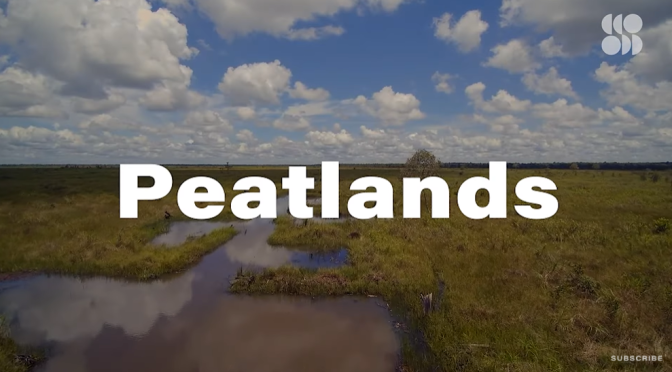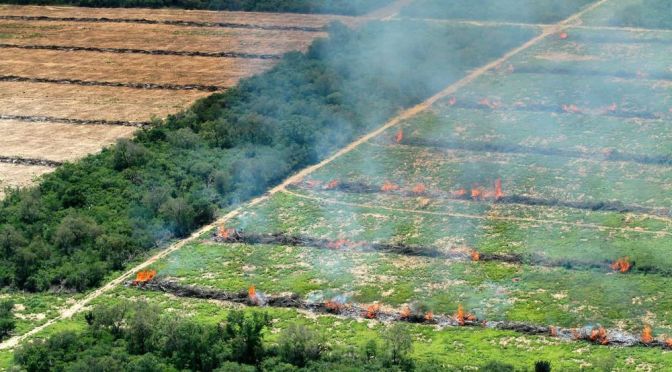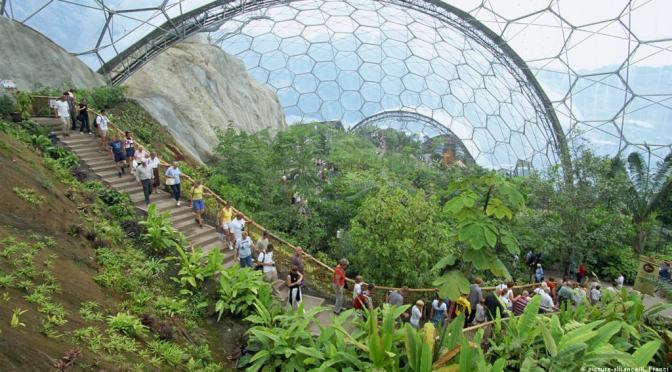On this week’s show: Whether biofuels for planes will become a reality, mitigating climate change by working with nature, and the second installment of our book series on the science of food and agriculture.
First this week, Science Staff Writer Robert F. Service talks with producer Meagan Cantwell about sustainable aviation fuel, a story included in Science’s special issue on climate change. Researchers have been able to develop this green gas from materials such as municipal garbage and corn stalks. Will it power air travel in the future?
Also in the special issue this week, Nathalie Seddon, a professor of biodiversity at the University of Oxford, chats with host Sarah Crespi about the value of working with nature to support the biodiversity and resilience of our ecosystems. Seddon emphasizes that nature-based solutions alone cannot stop climate change—technological approaches and behavioral changes will also need to be implemented.
Finally, we have the second installment of our series of author interviews on the science of food and agriculture. Host and science journalist Angela Saini talks to Jessica Hernandez, an Indigenous environmental scientist and author of Fresh Banana Leaves: Healing Indigenous Landscapes Through Indigenous Science. Hernandez’s book explores the failures of Western conservationism—and what we can learn about land management from Indigenous people.
This week’s episode was produced with help from Podigy.
[Image: USDA NCRS Texas; Music: Jeffrey Cook]
[alt: cows in a forest]
Authors: Meagan Cantwell; Robert Service, Sarah Crespi, Angela Saini









